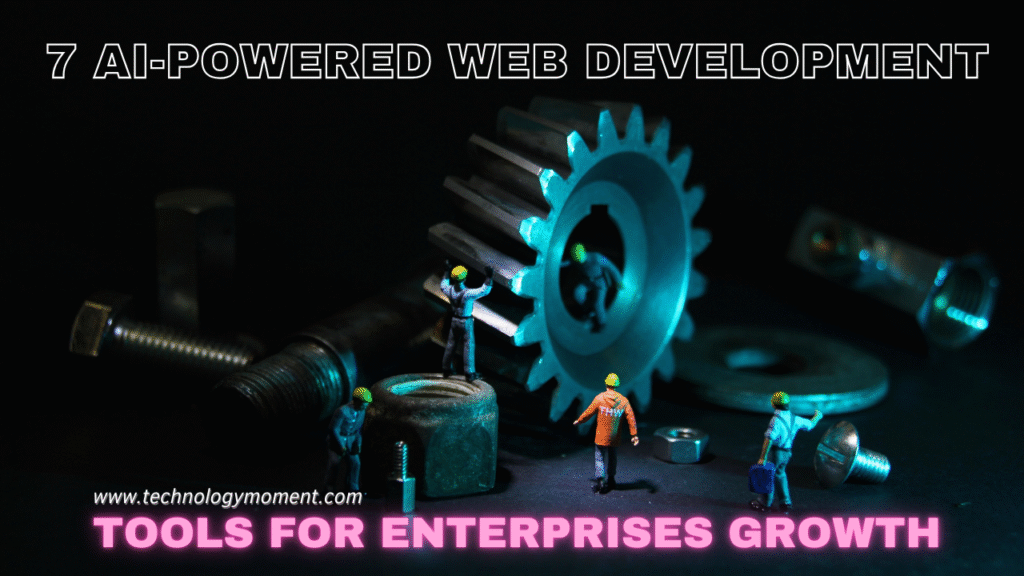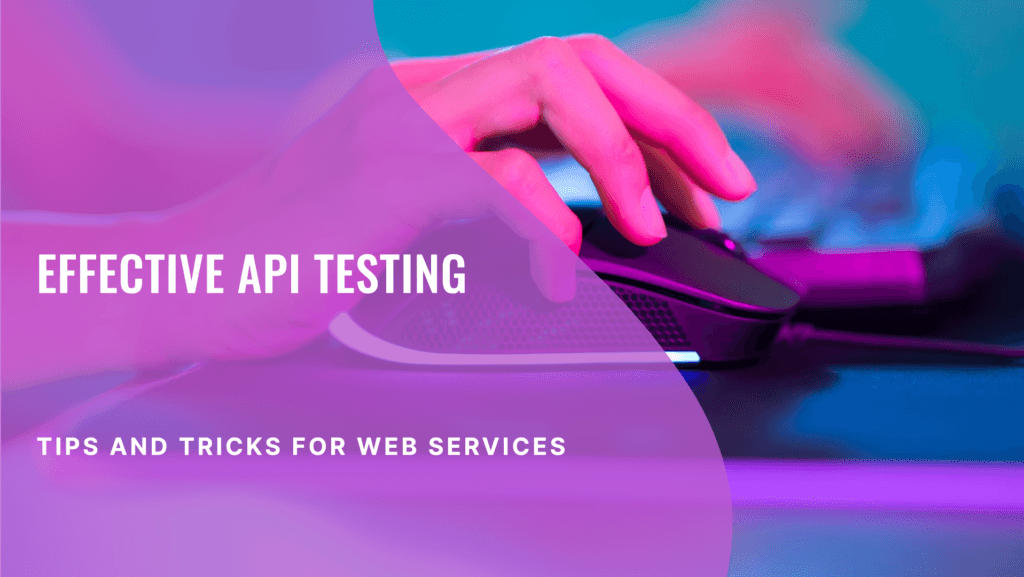
Welcome to the Technology Moment Blog! In today’s fast-paced digital landscape, staying ahead in web development is no longer just about coding skills—it’s about leveraging the power of AI-driven tools to accelerate growth, boost efficiency, and create smarter, more engaging websites. Whether you’re leading a large enterprise or managing a growing business, integrating AI-powered web development tools can save time, reduce errors, and deliver cutting-edge user experiences.
In this article, we’ll explore 7 top AI tools that are transforming the way enterprises build and optimize their websites. From intelligent design assistants to automated content generators, you’ll discover tools that simplify complex tasks, streamline workflows, and give your business a competitive edge. By the end of this guide, you’ll know exactly which solutions can help your enterprise grow, how to choose the right tool for your needs, and strategies to maximize their potential.
Table of Contents
Tool 1: Wix ADI
Wix ADI, or Artificial Design Intelligence, is a revolutionary platform that allows enterprises to build sophisticated websites without a single line of code. Unlike traditional web development, which requires hours of design and technical expertise, Wix ADI uses AI algorithms to analyze your business needs, preferences, and industry standards. The tool generates a fully functional website tailored to your brand in minutes.
What makes Wix ADI particularly powerful for enterprises is its customization flexibility. Once the AI creates a basic structure, teams can easily modify layouts, colors, and content blocks to align with their corporate identity. The tool also integrates smart content suggestions, enabling businesses to optimize for SEO and user engagement simultaneously. For global enterprises, this means websites can be tailored for multiple languages and regions quickly, ensuring consistent brand messaging across markets.
Additionally, Wix ADI provides automated optimization features. It adjusts images for faster loading, ensures mobile responsiveness, and recommends design enhancements based on user behavior analytics. Enterprises benefit from a reduced dependency on external development agencies, a faster launch timeline, and a professional-grade website that appeals to modern audiences worldwide.
Tool 2: Bookmark AiDA
Bookmark’s AiDA, short for Artificial Intelligence Design Assistant, takes website creation to the next level by combining AI and machine learning to craft highly personalized web experiences. Instead of manually selecting templates or layouts, you interact with the AI, answering questions about your business, target audience, and desired style. Within minutes, AiDA produces a functional website that is not only visually appealing but also optimized for conversions.
For enterprises, the power of AiDA lies in scalability and speed. Large organizations often struggle to maintain consistent design standards across multiple web properties. AiDA ensures a uniform look and feel while allowing teams to tweak elements as needed. It also provides real-time content suggestions, helping businesses enhance their messaging to resonate with different audience segments globally.
Furthermore, AiDA incorporates advanced analytics and performance insights. Enterprises can track visitor behavior, understand which sections of their site drive engagement, and continuously refine the design. This combination of automation, customization, and analytics makes Bookmark AiDA an invaluable tool for organizations looking to expand their digital footprint efficiently.
Tool 3: Zyro AI Website Builder
Zyro AI Website Builder is designed to eliminate the friction in web development and empower enterprises with fast, intelligent, and flexible website creation. Zyro’s AI algorithms automatically generate layouts, content, and design suggestions tailored to the user’s goals. Unlike generic templates, Zyro adapts its recommendations based on industry trends and competitor analysis, giving enterprises a competitive edge.
One of the standout features is Zyro’s AI-driven content generator. Enterprises can create landing pages, product descriptions, and even blog posts within the platform, significantly reducing the need for a separate content team. The builder also comes with predictive SEO tools that analyze keyword trends and provide actionable recommendations, ensuring global visibility and higher search engine rankings.
Zyro emphasizes ease of collaboration. Multiple team members can work simultaneously, providing feedback and making edits in real-time. Enterprises benefit from faster iterations, more cohesive brand communication, and a reduced time-to-market for campaigns. Its adaptability across devices and languages also ensures that global users have a seamless and culturally relevant web experience.
Tool 4: Firedrop
Firedrop is an AI-powered web design platform that brings creativity and automation together. Unlike traditional website builders, Firedrop uses a conversational AI named Sacha to interact with users and build websites intuitively. Sacha asks guiding questions about your business objectives, preferred style, and target audience, then generates a design that aligns with your responses.
For enterprises, Firedrop offers an unprecedented level of personalization without the technical complexity. Large organizations can deploy multiple web properties, each reflecting unique brand nuances while maintaining an overarching corporate identity. The AI also optimizes visual elements automatically, ensuring images, typography, and layouts perform well across devices and screen sizes.
Firedrop’s AI continuously learns from user interactions, providing iterative improvements and adaptive design suggestions. It’s especially valuable for companies targeting international markets, as the AI can recommend content and design adjustments to suit regional preferences.
Tool 5: The Grid
The Grid is a revolutionary AI web development platform that leverages artificial intelligence to create adaptive, responsive, and visually compelling websites. Unlike conventional tools that rely heavily on templates, The Grid’s AI, called Molly, designs layouts dynamically, optimizing every page element for aesthetics and user experience.
For enterprises, The Grid provides the ability to manage complex websites efficiently. It automatically adjusts designs based on content type, ensuring that corporate blogs, product pages, or landing pages always look polished. This eliminates the need for constant design oversight, freeing internal teams to focus on strategy, marketing, and customer engagement.
Moreover, The Grid emphasizes speed and scalability. Enterprises with a global presence can deploy websites in multiple languages and regions without worrying about inconsistent user experiences. The AI also monitors performance metrics and recommends tweaks for improving engagement, reducing bounce rates, and boosting conversion rates. For organizations aiming to stay ahead in digital innovation, The Grid’s AI-driven approach offers a unique blend of automation, creativity, and operational efficiency.
Tool 6: Elementor AI
Features Overview
Elementor AI has emerged as a groundbreaking tool for both novice and professional web developers. Unlike traditional website builders, Elementor AI seamlessly integrates artificial intelligence directly into the design and content creation process. It can instantly generate copy, design layouts, and suggest improvements based on user behavior or industry standards. For global enterprises, this means the ability to scale websites across multiple markets without hiring extensive design teams. The AI evaluates color schemes, font choices, and even image placements to optimize user engagement automatically.
How It Accelerates Development
One of the most significant advantages of Elementor AI is the speed it brings to web development. Enterprises often face tight deadlines for product launches or marketing campaigns. With Elementor AI, what used to take days or weeks can now be accomplished in hours. The AI can draft entire landing pages, complete with optimized headlines, call-to-action buttons, and mobile-responsive designs. It learns from each interaction, gradually improving its recommendations. This reduces the back-and-forth between designers, developers, and content creators, allowing teams to focus on strategy and innovation.
Tool 7: Framer AI
Key Functionalities
Unlike static page builders, Framer AI enables enterprises to create dynamic, interactive web experiences. It can generate complex animations, responsive layouts, and even simulate user journeys to predict how visitors might interact with a website. The AI’s ability to integrate seamlessly with APIs and third-party tools ensures that large organizations can maintain sophisticated digital ecosystems without compromising performance.
Why Enterprises Should Consider It
Enterprises aiming for global reach often need websites that adapt to different languages, devices, and cultural preferences. For marketing teams, it offers predictive insights into user behavior, helping them refine conversion funnels and engagement strategies.
Which tool is recommended for creating AI web applications?
Assessing Business Needs
Choosing the right AI tool begins with a deep understanding of your enterprise’s objectives. Are you focusing on speed, design innovation, or content generation? Some tools excel in automating layout design, while others are better suited for AI-driven copywriting. Identifying the primary goals ensures that you invest in a platform that directly supports your growth strategy.
Budget Considerations
AI tools often come with subscription plans that vary based on features, team size, or usage limits. Enterprises should evaluate not only upfront costs but also long-term ROI. Sometimes, a higher-priced tool can save significantly more time and resources, justifying the investment.
Integration with Existing Systems
No enterprise operates in isolation. Your chosen AI tool must integrate seamlessly with your CRM, analytics platforms, marketing software, and cloud infrastructure. This ensures that data flows smoothly between systems, AI recommendations are actionable, and teams do not face workflow disruptions. Interoperability is often the differentiator between a good tool and a great one.
Tips for Maximizing AI Web Development Tools
Training Teams
Enterprises should invest in training sessions and tutorials that familiarize employees with the AI’s capabilities and limitations. The goal is to make AI a collaborator, not a replacement, ensuring creativity and strategy remain human-led.
Experimenting with Features
AI tools often contain hidden functionalities that can significantly improve outcomes if leveraged correctly. Encourage teams to experiment with different templates, content suggestions, and automated workflows. Regular experimentation can uncover efficiencies and innovative solutions that standard processes might miss.
Monitoring Performance
Using AI is not a set-it-and-forget-it scenario. Enterprises must continuously monitor how AI-generated designs, layouts, and content perform. Metrics such as user engagement, bounce rates, and conversion ratios provide feedback that the AI can learn from, leading to progressively better outputs. Regular audits also help identify areas where human intervention may be necessary to maintain quality standards.
Common Challenges and How to Overcome Them
Data Privacy Concerns
AI tools often require access to user data to make accurate predictions and optimizations. Implementing anonymization, secure storage, and strict access protocols can mitigate risks while still allowing AI to function effectively.
AI Limitations
While AI can handle repetitive tasks and offer design recommendations, it cannot fully replace human creativity or judgment. Enterprises should use AI as a support tool rather than the sole driver of web development. Combining human insight with AI efficiency creates a balanced, high-performing workflow.
Cost vs. ROI
Investing in AI tools can seem expensive upfront. Some enterprises may struggle to justify the cost if immediate benefits are not visible. To overcome this, start with pilot projects, measure time savings and performance improvements, and scale usage gradually. Demonstrating tangible ROI through small wins often paves the way for broader adoption.
Future of AI in Web Development
The future of AI in web development is not just exciting—it’s transformative. As enterprises across the globe look for ways to stay competitive, AI is poised to redefine how websites are created, maintained, and optimized. The first major shift we’ll see is in hyper-personalization. AI will analyze user behavior, preferences, and even micro-moments to dynamically adjust website layouts, content, and calls-to-action in real time. Imagine visiting an e-commerce site where every product, banner, and recommendation feels tailor-made for you, all without human intervention.
Another fascinating development is the integration of predictive analytics directly into web interfaces. AI will not only help design websites but also predict user needs and suggest features or content updates before they even become necessary. This predictive capability is likely to change how marketing, customer service, and user experience strategies are implemented at a global scale.
Intelligent systems will automatically adjust websites to accommodate different languages, disabilities, and cultural contexts, creating a more globally accessible digital experience. For instance, AI could instantly translate content in multiple languages while adjusting visual elements to suit reading preferences or accessibility requirements. This means enterprises can reach wider audiences without hiring massive localization teams.
Additionally, the future will bring a surge of autonomous development platforms, where AI handles everything from coding to deployment. Developers will shift their focus from routine coding tasks to creative problem-solving, strategy, and innovation. Enterprises will benefit from faster product cycles and significantly reduced operational costs, enabling them to focus on growth and market expansion. In short, AI won’t just assist in web development; it will redefine the rules of digital engagement and enterprise growth worldwide.
Conclusion
AI-powered web development tools are no longer a futuristic concept—they are the present reality driving enterprise growth. From accelerating project timelines to enhancing user experience and streamlining workflows, AI tools provide tangible advantages for businesses of all sizes. Enterprises that adopt these technologies can expect better ROI, stronger digital presence, and more innovative solutions that keep them ahead of the competition. The shift towards AI-driven web development is not merely a trend; it’s an essential strategy for global competitiveness. By integrating AI thoughtfully, enterprises can unlock new levels of efficiency, creativity, and scalability, ultimately shaping the digital landscape for years to come.
FAQs
What is the Top Tool for Building Artificial Intelligence (AI) Web Development?
The best tool depends on your enterprise’s needs. Platforms like Elementor AI and Framer AI offer robust features suitable for complex projects, while Wix ADI and Zyro provide faster deployment and easier management for enterprises with less technical overhead.
Are AI tools suitable for small businesses as well?
Absolutely. AI web development tools are scalable and can adapt to businesses of all sizes. Small businesses benefit from reduced costs, faster website creation, and access to features that traditionally required large teams.
Can AI fully replace human web developers?
AI is an enabler, not a replacement. While AI can automate repetitive tasks, suggest layouts, and generate content, human creativity, problem-solving, and strategic decision-making remain irreplaceable in web development.
How secure are AI-powered web development platforms?
Most enterprise-grade AI tools incorporate advanced security protocols, regular updates, and compliance measures to ensure safe operations. Enterprises should always evaluate security features before adoption.
How much time can enterprises save using AI web development tools?
Time savings vary by project complexity, but AI can reduce website development timelines by 30% to 60%. Automating coding, layout adjustments, and content generation allows teams to focus on higher-value tasks and strategy, accelerating overall growth.













